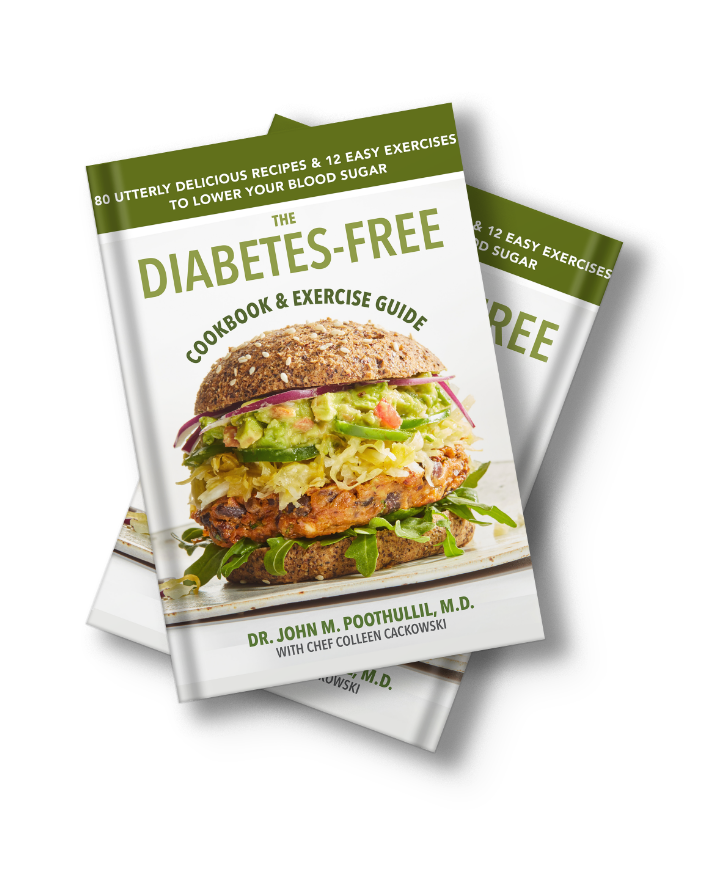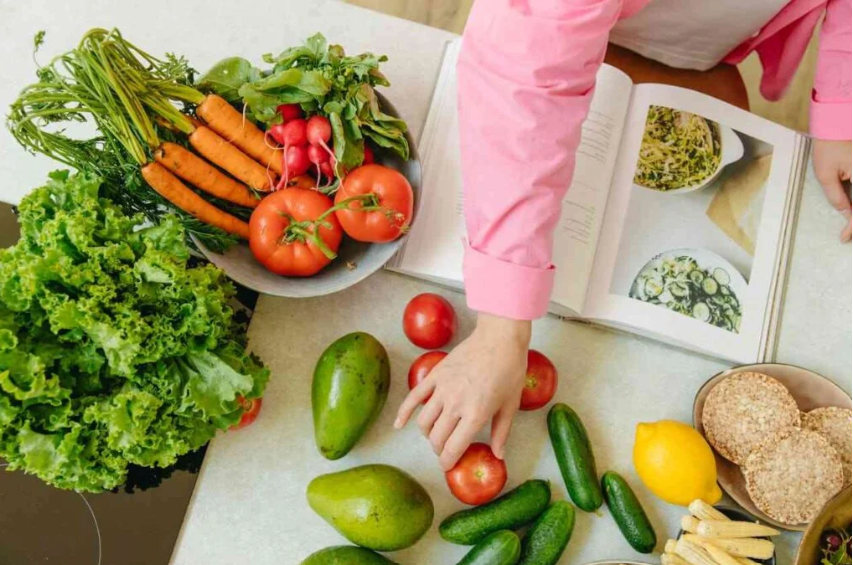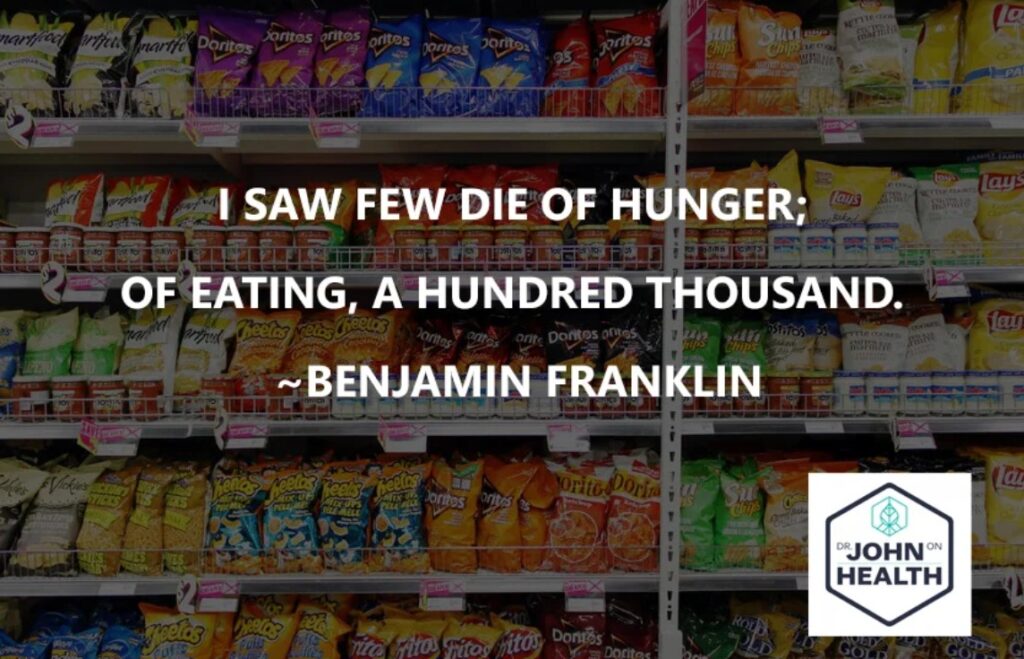
For many, the overwhelming access to sugar is a scary fact about Halloween and all the upcoming holidays. Added sugar is often thought of as the cause of weight gain, obesity, and diabetes.
“Added sugar” is actually what you need to be concerned about.
Added sugars account for about 17 percent of the total calorie intake of adults and up to 14 percent for children, according to a recent study. Many people are confused about whether added sugar is the same as sugar (glucose) in your bloodstream. The answer is NO, it is not. The sugar added to many products such as candies and baked goods is usually made from high-fructose corn syrup, which is made from cornstarch.
There is also “natural sugar,” which is found in fruit, berries, sugar cane, sugar beets, and other crops. Natural sugar is also NOT the same as sugar (glucose) in your bloodstream.
The confusion between added and natural sugar versus glucose in your bloodstream is understandable because doctors and health personnel always refer to the problem of having high blood “sugar” when they talk about diabetes. The same word ‘sugar’ appears to be referring to the same item, so there is a tendency to think that eating natural sugar or added sugar from high-fructose corn syrup causes the elevation of blood sugar. This video explains why they are not the same.
What you need to understand is that natural sugars are sucrose molecules. Upon digestion in the intestine, sucrose breaks down into both fructose and glucose molecules. Although both are absorbed into your blood, only the glucose increases your blood sugar level almost immediately. The fructose is absorbed into the body more slowly and it is eventually modified in the liver into glucose when it begins to elevate your blood sugar level.
The really scary sugar is found in complex carbohydrates, such as grains.
The sugar in wheat, oats, rice, and corn is maltose, which breaks down in the intestine solely into glucose molecules. This means eating mashed potatoes or bread elevates your blood glucose level faster than eating an equal amount of fruit. Effectively, the grains and grain-flour products you consume are composed of thousands of molecules of carbohydrate. Each of those molecules can break down into 200,000 molecules of glucose. When you eat a bowl of cereal, you are literally eating a bowl of glucose.

Grain-based foods—bread, sandwiches, pizza, pasta, rice, muffins, snack foods — take people down a slippery slope, feeling they need to eat until their stomach feels heavy. The average diet of an American adult often consists of 50% of calories from grains. Each 4 grams of grain-based carbohydrate is equal to 1 teaspoon of sugar. Eating a sandwich is like eating 6 teaspoons of sugar; a pizza is like 10 teaspoons of sugar; a cup of rice equals 12 teaspoons of sugar. The daily consumption of grains and grain flour products for many people far surpasses the 50 grams they may consume in added sugars.
Within 2 to 3 hours after a meal, your blood glucose levels could actually fall below fasting levels for a time. Yale Research Psychologist Judith Rodin described this peak and valley effect of eating meals heavy in carbohydrates. The rapid drop in blood sugar causes you to feel unpleasant symptoms associated with low blood sugar and your subconscious brain often prompts you to reach out for a snack.
Your brain, fearing starvation, directs you to eat again even though you just finished a meal a few hours earlier. This is what leads many people to overeat and gain weight. It also often leads to constant high blood sugar and diabetes.
Humans were not intended to consume so much grain as we do now in our modern diet. The human body does not need complex carbohydrates as we can manufacture glucose from other sources. Our ancestors survived on diets of fruits, vegetables, meats, legumes, and sometimes dairy, but very little grain. It is only in the last 100 years or so that modern farming techniques made grains easier and cheaper to grow, mill, and transform into products. (see The Green Revolution)
Within an hour after a meal heavy in grains or grain-flour products, such as a sandwich or a dinner with rice or mashed potatoes, the level of glucose in your blood elevates very steeply. In response, your pancreas releases a large amount of insulin. As the insulin rises sharply, there is an intense and rapid response from insulin-sensitive cells in the body – especially muscle cells – to absorb the glucose. If you are not active during the next few hours, any unused glucose stays in your bloodstream, leading to high blood sugar. If it remains unused longer, your body converts the glucose molecules to fatty acids to be stored in your fat cells, leading to weight gain.
The moral of the story: Candy may be the treat, but grain-based foods are the real trick to watch out for if you want to avoid weight gain and high blood sugar.
This article originally appears on Daily Mail USA.
As a best-selling author and Nationally Syndicated Columnist, Dr. John Poothullil, advocates for patients struggling with the effects of adverse lifestyle conditions.
Dr. John’s books, available on Amazon, have educated and inspired readers to take charge of their own health. There are many steps you can take to make changes in your own health, but Dr. John also empowers us that we must demand certain changes in our healthcare system as well.
His latest book, “The Diabetes-Free Cookbook and Exercise Guide” presents over 80 delicious recipes. A must-have for anyone looking to take control of their health and transform their relationship with food.
Don’t let Type 2 diabetes or pre-diabetes control your life – start a delicious new journey to a healthier, happier you today!

Discover how you can live a diabetes-free life with Dr. John’s groundbreaking cookbook and exercise guide. With over 80 appetizing low-carb recipes created by Chef Colleen Cackowski, you’ll never miss the high-carb, high-sugar foods of your past. Every recipe nourishes your body and keeps your blood sugar levels in check so you can enjoy tasty, satisfying meals. Dr. John also offers 12 easy-to-do exercises to boost your flexibility and balance and keep you healthy as you age.
What people are saying…
Filled with tons of easy-to-make meals and encourages enjoyable meal planning for moms like me. I highly recommend this book to diabetics and families trying to live and eat healthily. —Maria Chalissery, M.Sc., Diet Technician
If you are looking for ways to improve your health and add more zing to your meals, these recipes are exactly what you need. —Jyoti Veeramoney, Chef, Certified Yoga Instructor
These exercises are great because they focus on dynamic movement that improves joint range of motion and flexibility. They require no equipment, build core strength and stabilization, and incorporate movements that can correct posture, which can decrease the risk of falling. —Sophia LaValle, NASM Certified Personal Trainer


